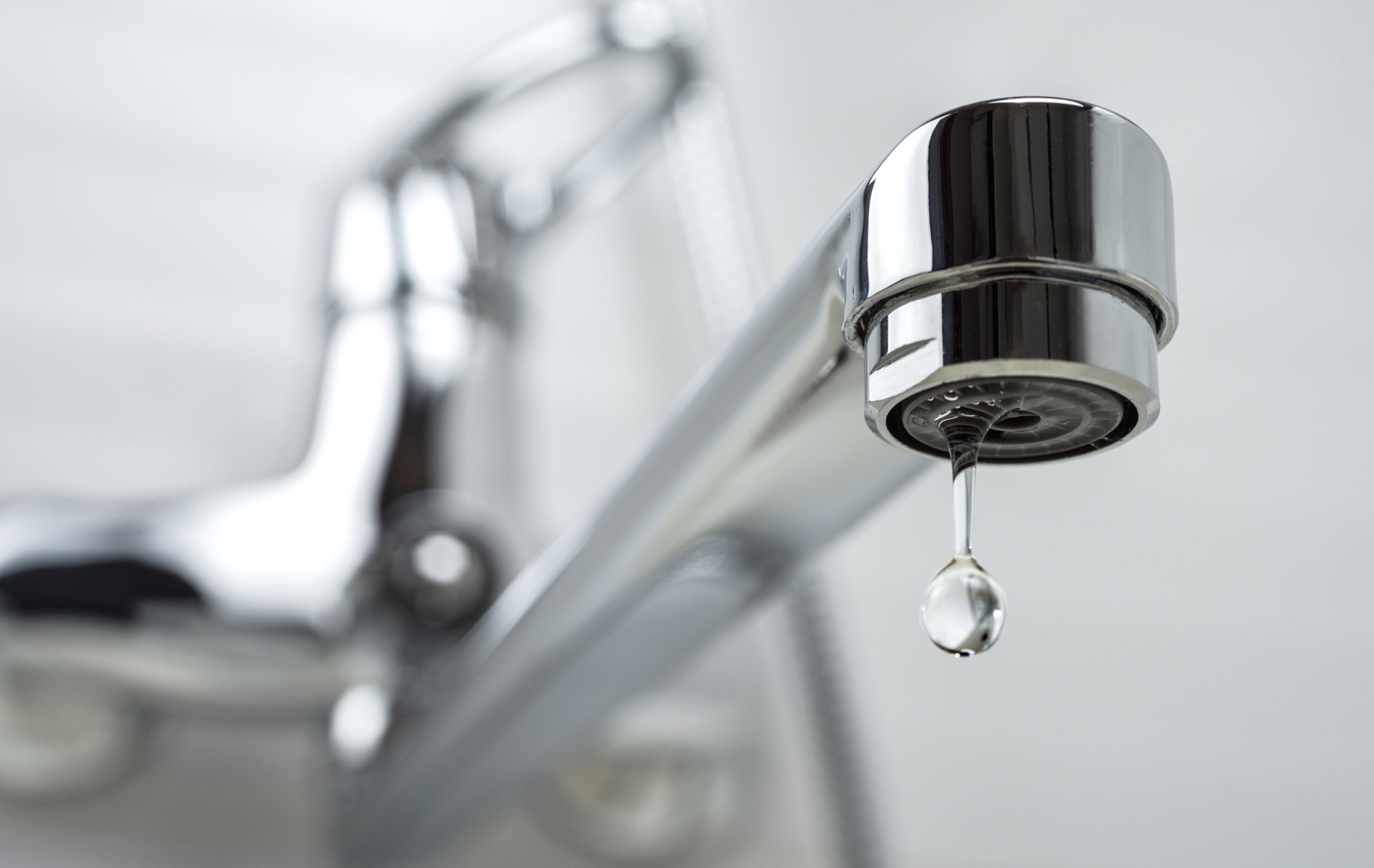
03 Mar. 22
What to do if Your Faucet Won’t Turn Off
Is there any problem with the main water supply to my home? Sometimes, many homeowners face such an issue. At times like these, they are unsure how to proceed since their problem is beyond their ability to fix. They have no idea where to start and what to do when faced with such problems. Since most of us are not experts in plumbing services, fixing issues that affect our homes’ basic workings become difficult. Therefore, we tend to rely on expert plumbers to fix them as soon as possible. Woodbridge Plumbing, Inc. are professionals who know all aspects of plumbing and are always ready to offer assistance whenever needed. Below is what you need to do if your faucet won’t turn off.
1. Unclog drains or pipes
It’s common for clogs to appear along a drainpipe, but often this can be avoided by regularly inspecting the drainpipe system. Clogged drains can cause backups which may develop into costly repairs that could have been easily prevented. Using a plunger to remove obstructions from tubs or toilets will also help prevent more serious blockages.
The cost of hiring professional help depends on several factors, including the size of the job, whether some work needs to be replaced instead of repaired, and whether you prefer to deal with one contractor or several different ones. You’ll want to hire a certified plumber who carries both general liability insurance (in case something goes wrong during the project) and workers’ compensation (in case someone gets hurt while working). In addition, if your local building department requires permits for renovations, it’s best to work with a company that has those permits already.
2. Fix dripping faucets
If you notice small amounts of water dripping from a faucet after each use, it could mean that your faucet head is loose. The easiest solution is to tighten the screws around the base of the spout. If that doesn’t solve the problem, you’ll need to replace the washers underneath the sink faucet.
3. Repair worn-down shower heads
Showerheads get old over time, especially if you rarely take showers at home. If your shower head is starting to look worse than new, call a plumber to install a new part. Otherwise, follow these steps to repair the leaky one yourself: Remove the cap from the top of the head and unscrew the two metal retaining rings. Before attempting this step, put a paper towel on your countertop or other flat surfaces. Attach the end of a flexible tube called a garden hose clamp to the center hole on the bottom of the head. Screw the retaining ring back onto the head using a wrench. Use the garden hose clamp to squeeze the rubber gasket between the head and the housing, which should seal the leaks. Tighten the retaining ring’s screw next to the bottom hole by tightening the set screw inside the housing.
4. Replace bathtub/shower stopper
A bathroom is not complete without a functional toilet, so make sure yours is working properly by watching the video below. Some stoppers don’t hold up well against hard water and the high temperature of a standard bath tap. Instead, opt for a ceramic disk stopper, which traps hair and lint. When buying a replacement stopper, pay attention to its placement—the right spot prevents water leakage and ensures a comfortable flush.
5. Tidy up your kitchen
To keep messes out of sight in the kitchen, avoid storing pots and pans above eye level, and store large cookware tools (like knives) in drawers rather than letting them hang from the wall. And since the average stove takes about 30 minutes to heat your kitchen up, consider plugging an exhaust fan into the vent, so odors linger less in certain areas.
Are you looking for faucet installation and repair services? Woodbridge Plumbing, Inc. offers a wide range of plumbing services, including faucet installation, repairs, drainage systems, septic tanks, drain cleaning, water filtration, and more! We’re a licensed, insured, and bonded business dedicated to providing only the highest quality service available.
